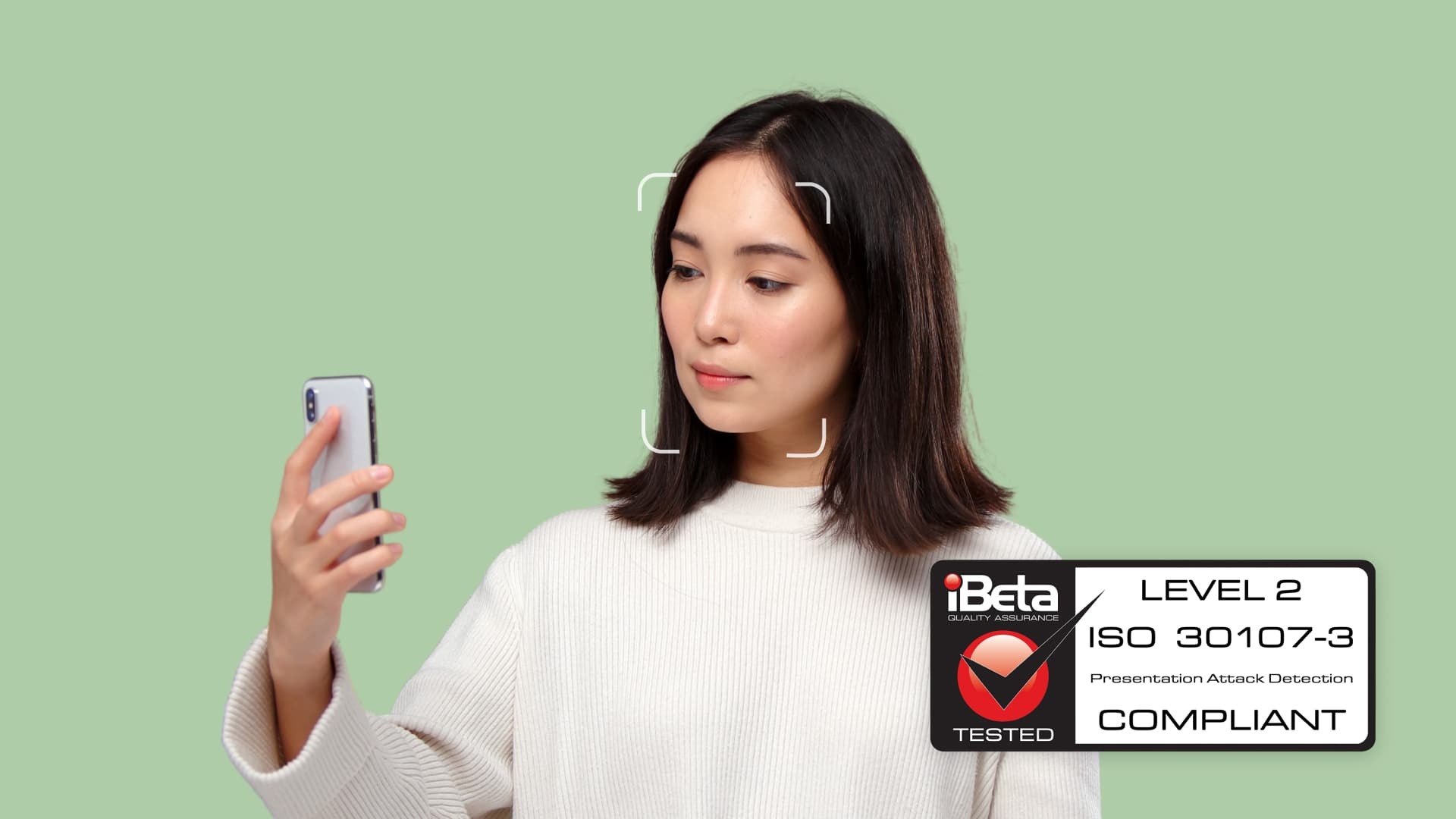
As use of online verification grows, there inevitably follows increasing temptation for bad actors to develop ways to exploit the process. As a provider of verification services we must show businesses, regulators and governments that we have robust anti-spoofing technology, checks and processes. An emerging but rapidly growing threat for verification services are digital injection attacks.
What are injection attacks?
Injection attacks are a form of attack on remote verification services. Direct attacks are the most common attempt to spoof systems. Examples of direct attacks are:
- Paper image
- 2D and 3D masks
- Screen image
- Video imagery
Direct attacks are an attempt to spoof a verification system that a person is real, older, or someone else altogether. Our facematch and liveness technologies use layers of anti-spoofing to determine that the person is real (not a picture or mask, for example) and that they are who they say they are.
An injection attack is an indirect attack and attempts to bypass liveness detection. It involves injecting an image or video designed to pass authentication, rather than the one captured on the live camera. It is a rapidly emerging threat to digital verification services. Using free software and some limited technical ability, a bad actor is able to overwrite the image or video of the camera with pre-prepared images.
How can Yoti help prevent injection attacks?
We have developed a patent-pending solution that makes injection attacks considerably more difficult for imposters. It is a new way of adding security at the point an image is being taken for a liveness or facematch check.
There are two parts to this. As well as obfuscating the code, Yoti adds a cryptographic signature key. As such, a potential hacker needs to both reverse engineer the obfuscation and infer or guess the cryptographic signature key.
Yoti frequently changes the obfuscation and the signature key. This means that if the hacker were to reverse engineer the obfuscated code, by the time they have done so, the signature key will have changed, and vice-versa.
There remain ways to spoof this (not that we’d say how) but it significantly adds to the effort, time, skill and cost of spoofing verification checks, moving bad actors on to less secure opportunities.
With Yoti, you can stop bad actors before they spoof your system by focusing on early detection of presentation and injection attacks.
If you’d like to learn more about our NIST approved liveness products, please do get in touch.



